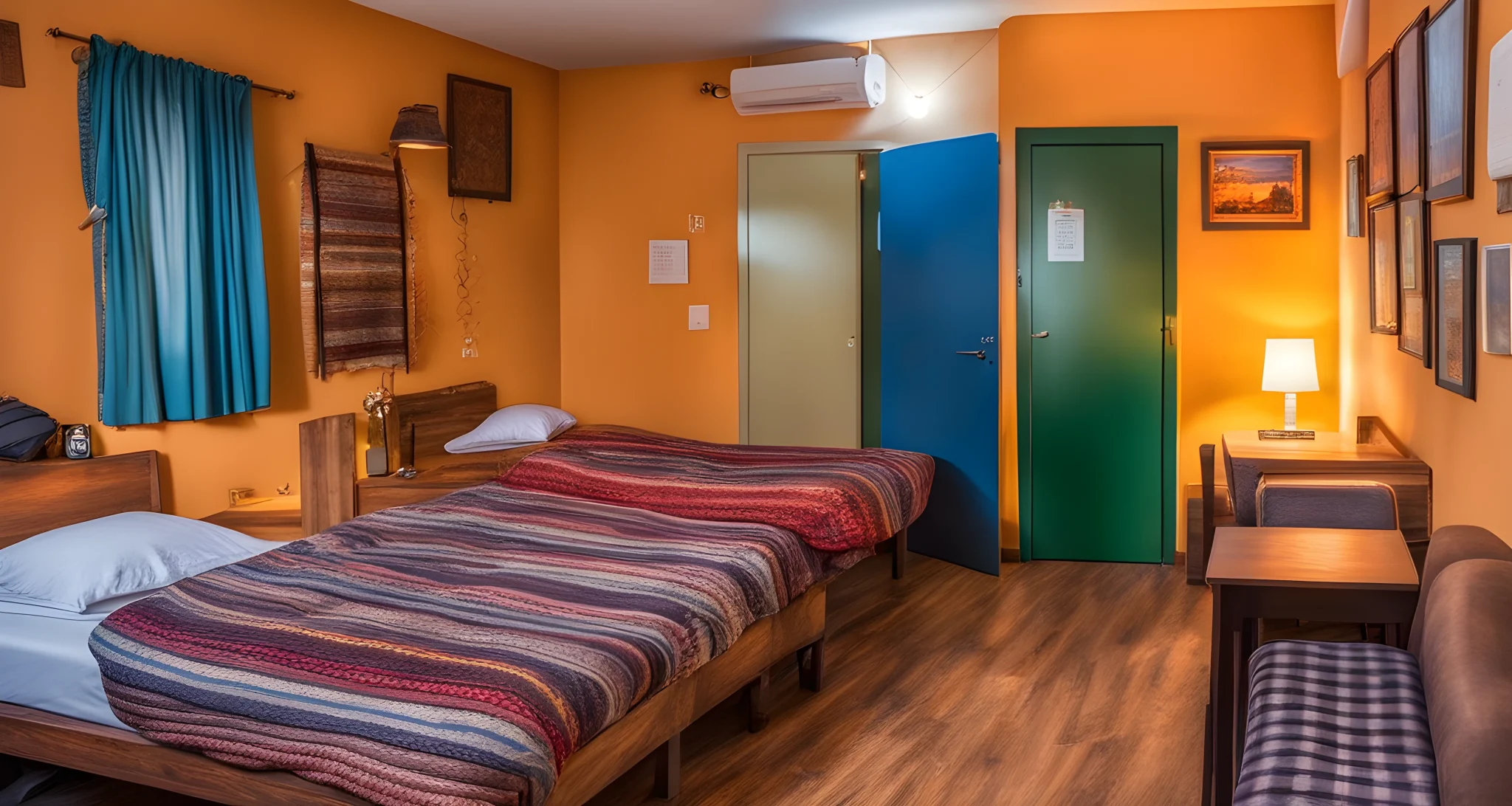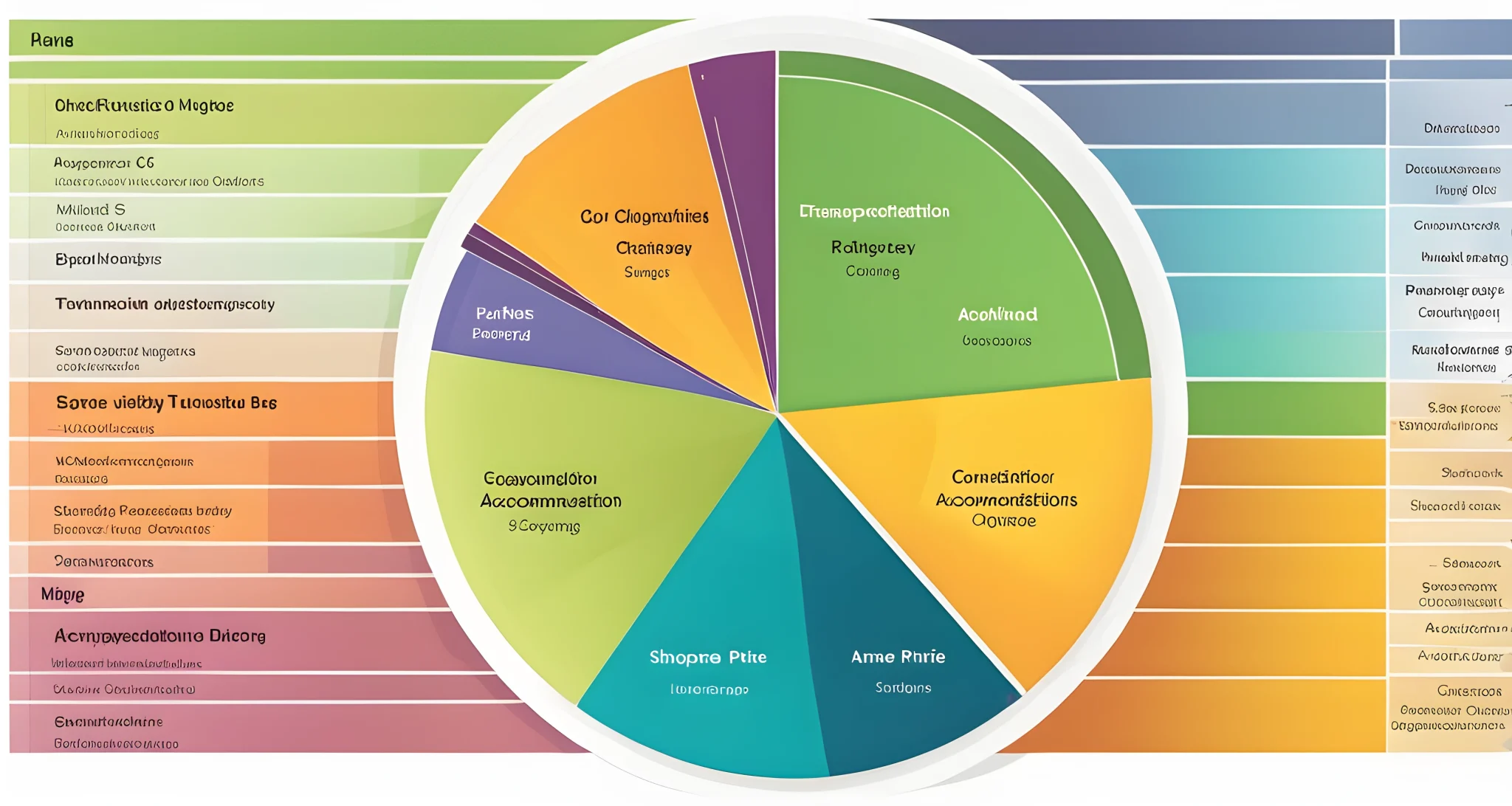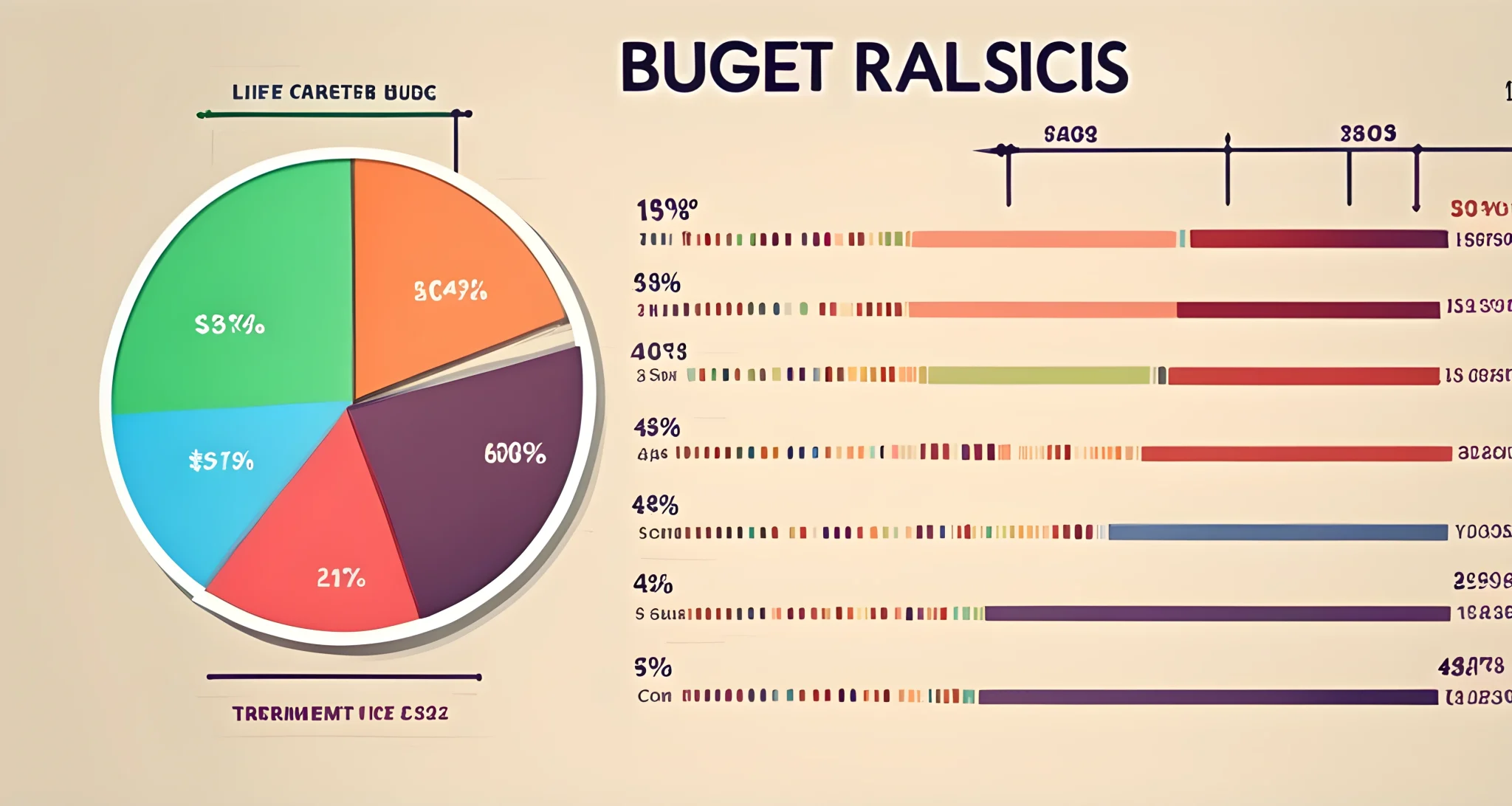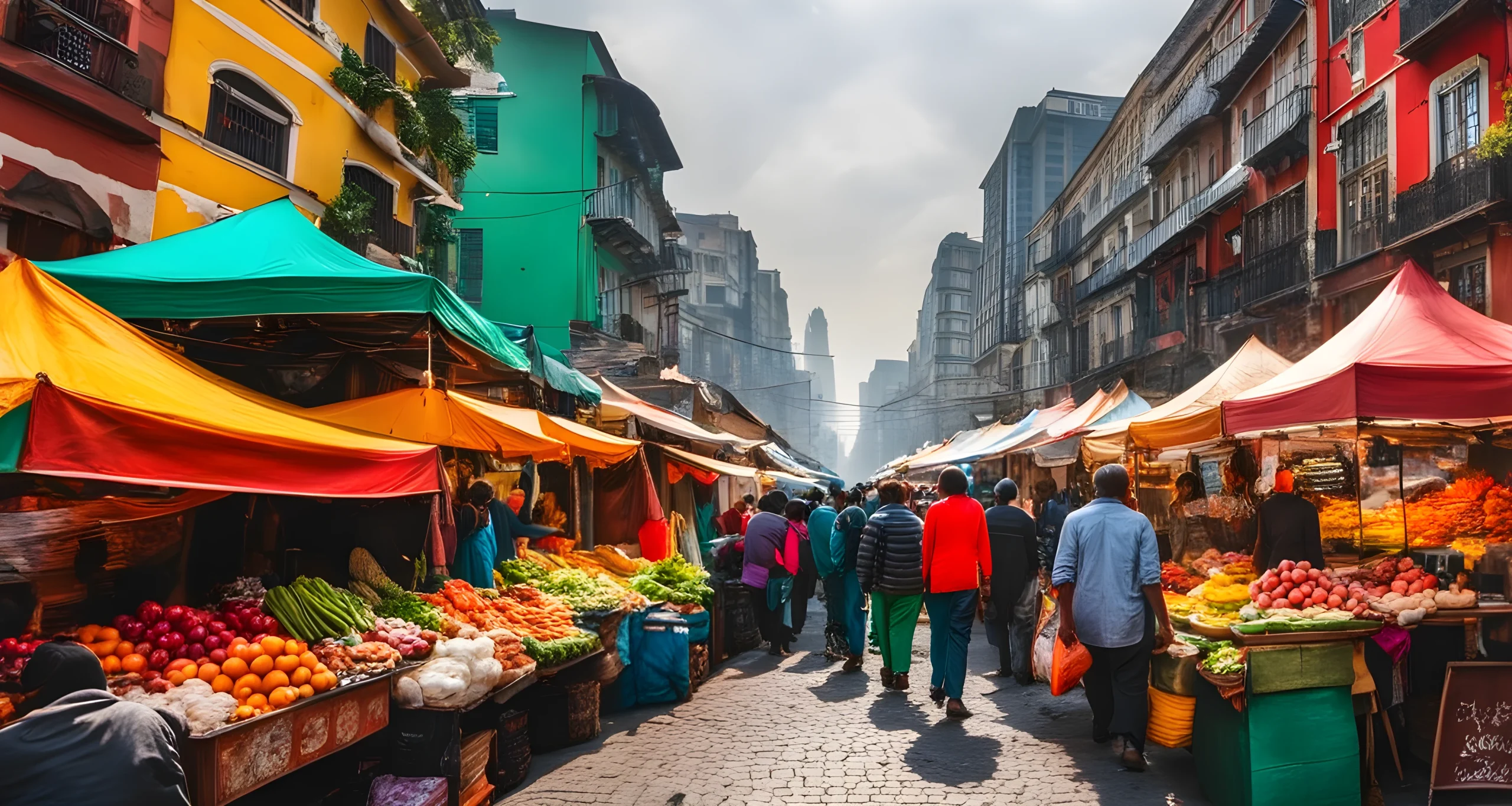Introduction
When it comes to budget travel, choosing the right destination can make all the difference. With affordable accommodation prices and plenty of free entertainment options, New Orleans, Louisiana is a top pick for budget-friendly travel. From street performances to parks, there’s no shortage of things to do without breaking the bank. Similarly, Phoenix, Arizona offers low airfare and hotel rates, making it an ideal destination for budget-conscious travelers. With its vibrant art scene and abundance of outdoor activities like hiking and mountain biking, Phoenix is a city that proves you don’t have to spend a fortune to have a memorable travel experience.
Looking for more tips on sticking to your travel budget? Check out our article on Travel Budgeting Suggestions for helpful insights and advice.
So whether you’re looking for a unique cultural experience in New Orleans or seeking adventure in the great outdoors in Phoenix, these budget-friendly cities are sure to provide both affordability and excitement for your next vacation.

Factors to Consider for Budget Travel
When planning a budget-friendly trip, there are several important factors to consider in order to ensure that your travel expenses stay within your set budget. By taking these factors into account, you can make informed decisions and prioritize your spending effectively.
Accommodation
- Researching and booking affordable lodging options is crucial for budget travel. Consider staying in hostels, guesthouses, or budget-friendly hotel chains like those recommended in the article Budget-friendly lodging choices.
- Look for accommodations with complimentary breakfast or kitchen facilities to save on food expenses.
Transportation
- Choosing cost-effective transportation options can significantly impact your overall travel budget. Consider using public transportation, walking, or renting a bike to explore the city.
- Look for city passes or discount cards for public transportation to save money on fares.
Food
- Setting a daily food budget and researching affordable dining options can help control your expenses while still enjoying local cuisine.
- Consider visiting local markets or grocery stores to purchase snacks and meals, rather than dining out for every meal.
Activities
- Research free or low-cost activities and attractions at your destination, such as museums with discounted admission days or outdoor parks and landmarks.
- Look for group tours or sightseeing passes that offer discounts for multiple attractions.
Unexpected Expenses
- It’s important to have a contingency fund for unexpected expenses such as medical emergencies, lost belongings, or last-minute transportation changes.
- Consider purchasing travel insurance to mitigate the financial impact of unforeseen circumstances.
By carefully considering these factors and incorporating them into your travel budget, you can maximize your spending power and make the most of your trip without overspending.

Creating a Detailed Travel Budget Spreadsheet
When planning a budget-friendly trip, it’s essential to create a detailed travel budget spreadsheet to effectively track expenses and stay within your financial limits. By listing all anticipated costs, including accommodation, transportation, meals, and activities, travelers can easily monitor their spending and make adjustments as needed to stay on track financially.
The Importance of a Detailed Travel Budget Spreadsheet
- Tracking Expenses: A detailed travel budget spreadsheet helps travelers keep track of their expenses and avoid overspending. This can be especially helpful in ensuring that they stay within their budget and do not incur unnecessary debt during their travels.
- Financial Planning: By creating a comprehensive budget spreadsheet, travelers can proactively plan for their trip’s expenses and allocate the appropriate amount of money for each aspect of their journey. This allows for better financial management and ensures that there are no unexpected financial hiccups during the trip.
- Adjusting Spending: With a detailed breakdown of expenses on hand, travelers can easily identify areas where they may be overspending and make necessary adjustments to stay within budget. This level of visibility and control over spending can significantly impact the overall success of a budget-friendly trip.
Utilizing Expense Categories in the Spreadsheet
To create an effective travel budget spreadsheet, it’s crucial to categorize expenses for better organization and tracking. Common expense categories include:
- Accommodation: This category should include costs for hotels, hostels, or vacation rentals.
- Transportation: Include expenses for flights, trains, buses, rental cars, or other modes of transportation.
- Meals: Budgeting for food is essential, including groceries, dining out, and snacks.
- Activities: Allocate funds for sightseeing tours, museum visits, entertainment, and other activities.
- Emergency Fund: It’s wise to set aside some money for unexpected expenses or emergencies.
Refining Your Budget with Expense Categories
By breaking down expenses into specific categories in the travel budget spreadsheet, travelers can refine their budgeting process and gain better insights into their spending habits. This level of detail allows for more accurate planning and adjustments as needed. Additionally, it enables travelers to prioritize their spending based on what matters most to them during their trip.
Creating a detailed travel budget spreadsheet is an essential step in effective financial planning for any trip. By utilizing this tool, travelers can proactively manage their spending and ensure that they have a memorable travel experience without breaking the bank. For more tips on budget travel planning, check out our article on Essential Budget Travel Pointers.
Overall Word Count: 348 words

Refining Your Budget with Expense Categories
Once you have created a detailed travel budget spreadsheet, it’s time to refine it further by breaking down expenses into specific categories. This can provide even more clarity and control over your spending, allowing you to better understand where your money is going and identify areas where you can cut costs or reallocate funds.
Expense Categories
When refining your budget with expense categories, consider breaking down your expenses into the following categories:
-
Accommodation: This category should include all costs related to lodging, such as hotel stays, Airbnb rentals, or hostel fees. Consider using Budget travel tips for affordable accommodation options.
-
Transportation: Include all costs related to getting from one place to another, such as flights, train tickets, rental cars, or public transportation fares.
-
Food: This category should encompass all expenses related to dining out, groceries, and snacks while traveling. Look for budget-friendly dining options and local markets to save on food costs.
-
Activities: Include any expenses related to entertainment, sightseeing tours, museum entrance fees, or other recreational activities. Research free or low-cost activities at your destination to help save on this category.
Clarity and Control
By allocating specific amounts to each expense category, you can gain a better understanding of where your money is being spent and identify areas where you may be overspending. This level of detail can provide clarity and control over your spending while traveling.
Cost-Cutting Opportunities
Refining your budget with expense categories also presents opportunities for cost-cutting. Once you can see exactly how much you are spending in each category, it becomes easier to identify areas where you can cut costs. For example, if you notice that a large portion of your budget is going towards dining out, you may decide to cook more meals at your accommodation or opt for budget-friendly eateries.
Reallocating Funds
In addition to cutting costs, refining your budget with expense categories allows you to reallocate funds based on your priorities. If you realize that you are spending more than anticipated on transportation but less on activities, you may choose to adjust your budget to allocate more funds towards experiencing local attractions and less towards getting around.
Conclusion
Creating a detailed travel budget spreadsheet is an essential first step in managing your travel expenses. However, refining that budget with specific expense categories can provide even more insight and control over your spending. By breaking down expenses into categories like accommodation, transportation, food, and activities, travelers can gain a better understanding of their spending habits and make informed decisions about where to cut costs or reallocate funds based on their priorities.

Budgeting by Item or Category
When it comes to managing travel expenses, budgeting by item or category can be a highly effective strategy. This approach allows travelers to gain a clearer understanding of their spending habits and make informed decisions about where to allocate their funds. By grouping expenses into categories, travelers can easily identify areas for potential savings and make adjustments as needed.
Tracking Expenses
- Some travelers may prefer to track each individual expense, but this can become overwhelming, especially during longer trips.
- By using expense categories, such as accommodation, transportation, food, activities, and miscellaneous expenses, travelers can streamline their tracking process and get a comprehensive overview of their spending.
Making Informed Decisions
- Budgeting by category allows travelers to see exactly where their money is going.
- This enables them to make informed decisions about where they may need to cut back or invest more.
- For example, if a traveler realizes that they are spending a large portion of their budget on dining out, they may decide to adjust their food budget and allocate more funds towards activities or excursions.
Allocating Funds Wisely
- By having a clearer overview of their expenses, travelers can allocate their funds wisely and ensure that they are getting the most out of their travel experience.
- This could mean prioritizing experiences such as sightseeing tours or cultural activities over unnecessary expenses in other categories.
Identifying Areas for Savings
- Budgeting by category also helps travelers identify areas where they can potentially save money.
- For example, if a traveler notices that they are consistently overspending on transportation, they may explore alternative and more cost-effective options such as public transportation or carpooling services.
Refining the Budget
- Using expense categories not only helps travelers manage their current budget but also provides valuable insights for refining future travel budgets.
- This approach allows travelers to learn from past experiences and make adjustments for more efficient budgeting in the future.
In conclusion, budgeting by item or category is a useful strategy for managing travel expenses. By grouping expenses into categories, travelers can gain a clearer overview of their spending habits and make informed decisions about where to allocate their funds. This approach enables them to identify areas for potential savings and refine their budget for more efficient travel planning. For more tips on budget-friendly travel, check out Low-cost travel plans.
Overall Word Count: 326
FAQ
What are some affordable cities to visit?
New orleans, phoenix, indianapolis, and san antonio are all great budget-friendly options with a mix of affordability and exciting experiences.
What kind of entertainment options do these cities offer?
New orleans offers street performances and parks, while phoenix has an art scene and outdoor activities like hiking and mountain biking. indianapolis has bike trails and a thriving microbrewery scene, and san antonio offers a rich blend of american history and mexican culture.
Are there affordable accommodation options in these cities?
Yes, all of these cities have reasonable accommodation prices, and san antonio even offers affordable luxury hotel options.
What makes these cities ideal for budget-conscious travelers?
These cities provide a great balance of affordability and attractions, allowing budget-conscious travelers to explore and enjoy their visit without breaking the bank.
